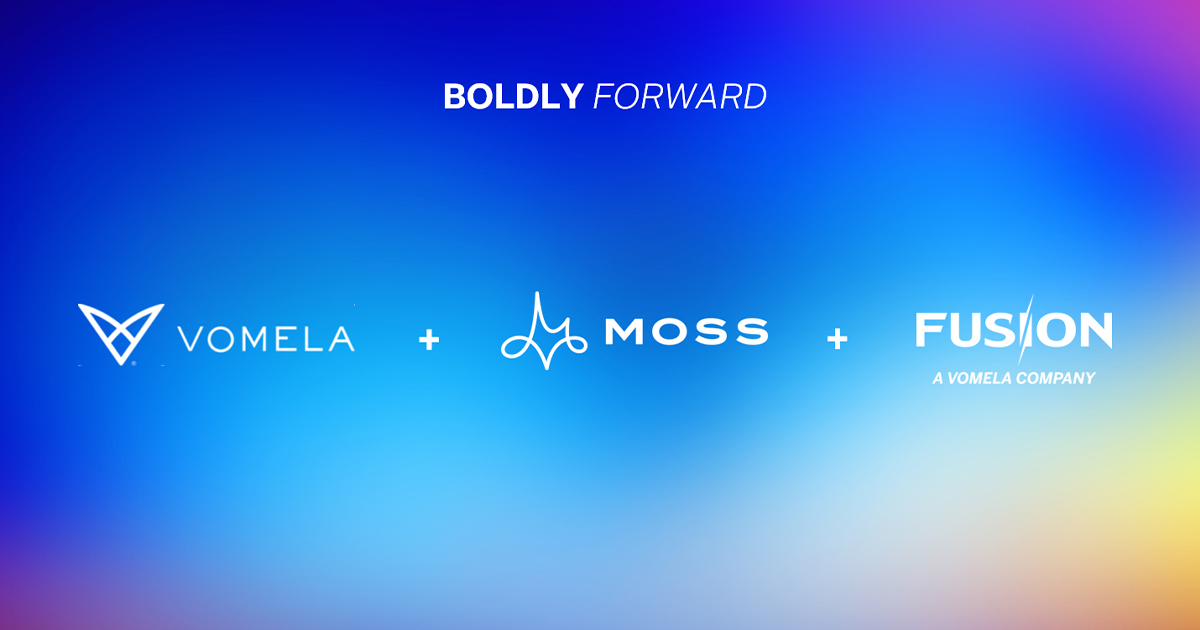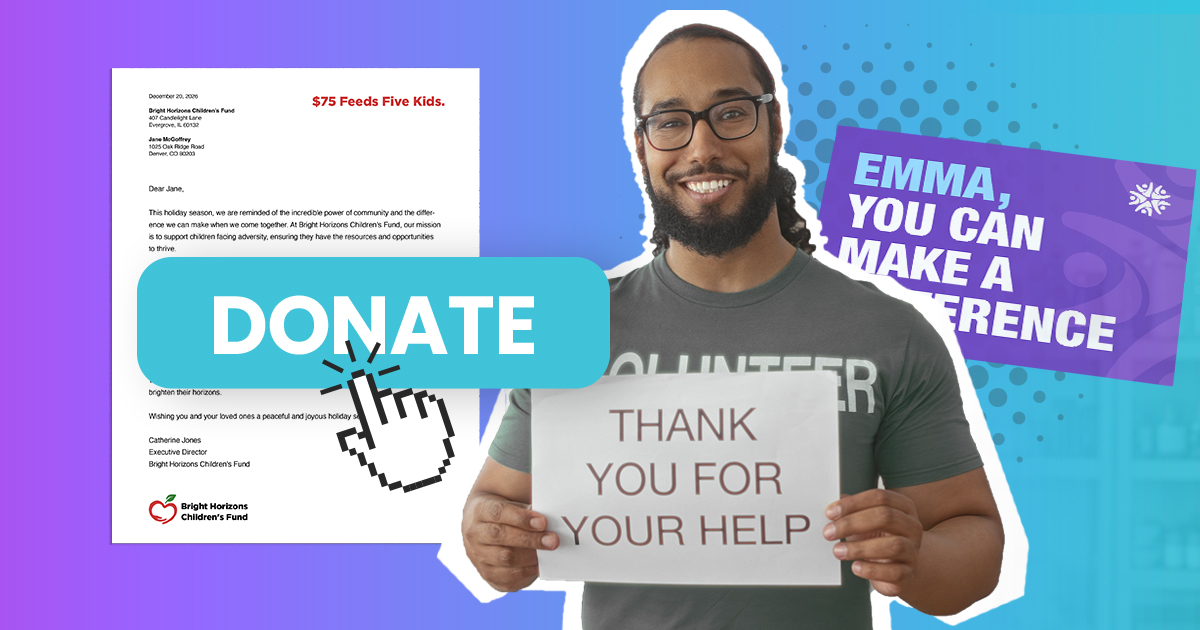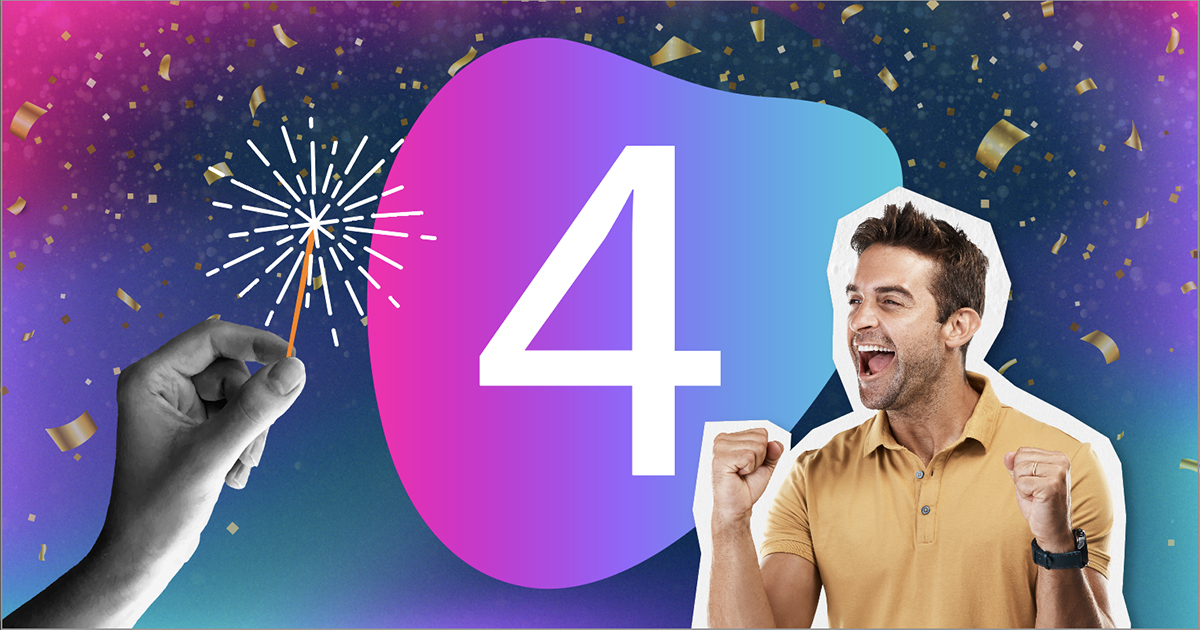
Four Ways Mere Mortal Brands Can Create Disney-like ‘Magical Moments’

A close friend of mine, who is on a strict gluten-free diet due to Celiac disease, has the hardest time finding a satisfying, safe-to-eat meal while on vacation. But she raves about the one place she knows won’t let her down: Disney World.
It all started several years ago, before gluten-free menus were a thing. A chef at a Disney resort appeared at her breakfast table and surprised her with a golden, gluten-free Mickey Mouse-shaped waffle. She hadn’t ordered it, but after inquiring about whether the restaurant had any gluten-free options that were not only safe but tasted good, a waiter talked to a chef, and, voila! The gluten-free Mickey treat. It seems the team conspired to delight her in person by serving up the waffle for free—and so goes another Disney magical moment.
My friend said it was the best GF waffle she ever had and couldn’t wait to get back to the park for another. But maybe the great taste was less about the recipe and more about the great feeling the Disney staff delivered when they went out of their way to make her day.
But What About Mere Mortals
It’s no secret that Disney is famous for creating magical moments such as this. But what about the rest of us? Can other mere mortal brands turn the mundane into the magical?
The short answer: Yes. But creating that “feeling” does not come by way of faux-personalized emails, texted coupons, and other traditional digital marketing gimmicks that often come across as forced and stale. People are already inundated with plenty of ads and offers, and in an era where our digital attention is increasingly divided, many of these messages are falling flat.
The problem is that we truly do live in the “Information Age.” The amount of data created every day will only continue to increase, and the AI systems that manage and decipher all of it are only getting better and easier to access. So why are so many businesses having trouble connecting to consumers? “Attention Economy” theory clearly dictates that attention, not just information, is the key.
This economic approach is directly responsible for the absurd number of ads you see—most Americans are accosted with 4,000 to 10,000 a day. Think about how many unopened emails you have right now, the last TV commercial you saw, or that 15-second YouTube ad. Don’t remember or even care, right? Or you might even be annoyed.
Today, reaching huge numbers of people is cheap and easy, but what’s the point if they barely notice what you say and there is no clear engagement? The average email click-rate for all industries is only 2.62 percent. Another way to look at it is: You are in the top tier of digital marketers if only 97 out of 100 people ignore you. If it were baseball, you’d be batting 0.030—not a hall of fame number.
Real connections are where the Attention Economy pushes things. In a recent Deloitte Digital study covering 16,000 persons, more than half of all people desired a more “human” experience from their virtual environments. So, today, brands understand all that and begin leveraging behavioral data and zeroing in on just the right place and time to orchestrate moments of delight that grab a customer’s attention and foster brand affinity over the long haul.
It’s all about creating a personalized connection. But exactly how can brands accomplish that? Well, they can start by borrowing some strategies from “the happiest place on Earth,” which has cultivated a passionately loyal fan base with an incredible 70 percent return rate for first-time guests. As one friend said to me about Disney— “It might not always be great, but it never sucks.” So why not consider these four ways that Disney looks to make each moment at one of their parks magical for its visitors:
1: Tap into the Five Senses
When customers stay at Disney’s Grand Floridian hotel, they smell fresh flowers in the lobby. And when they walk down Main Street at Disney World, they get a whiff of buttery popcorn and freshly baked pastries—all enhanced by “Smellitzer” machines that pump a variety of artificial scents throughout Disney properties via vents hidden by landscaping.
Customers also hear music piped into parks via a complex network of meticulously placed speakers. Guests don’t only hear these sounds on rides, but, if they listen closely, they’ll notice various cheerful songs being played inside restaurants and along walkways, all designed to put them in good spirits during a day at the park. And of course, at the end of the day, visitors are treated to a world-class visual display of fireworks. Talk about sending people off with a bang.
These sensory elements are deliberately designed and carefully placed to transport customers to a magical new world. Customer-facing businesses looking to create their own memorable experiences should follow Disney’s lead by taking the time to ensure that the physical layout of their site, along with their furnishings, lighting, sounds, and smells are not only pleasing, but promote the company’s key message. So give some thought to what your brand can do to create intentional, multi-sensory, and immersive in-person experiences for your own customers.
2: Focus on Customer Preferences
Customers celebrating birthdays and anniversaries or those visiting Disney parks for the first time are often given badges to wear, which prompt cast members throughout the park to provide a little extra-special treatment—whether it’s a small discount on a purchase or front-row seats for a show. Disney also collects large amounts of data to better understand its customers, so it can mastermind the most pleasant experience possible for all guests. This data helps park operators position its thousands of employees to serve customers better.
The data also helps the company learn about customers’ preferences so it can target them with personalized offers that may enhance their experience. For example, if Disney noticed a customer made reservations at the “Be Our Guest” restaurant months before a trip, perhaps the mouse might mail the person a full-color pamphlet with suggestions for ordering some favorite dishes on the menu—or a coupon that could be used at another restaurant in the park to encourage the customer to spend more on dining. Impactful, well-designed, and personalized direct-mail offerings can help solidify an authentic human experience and amplify growth opportunities for brands.
The most important thing is taking the time to understand guest preferences—which can be gleaned from behavioral and intent data already being collected—and using that information to personalize the experience to best meet people’s needs and make every customer feel valued.
3: Complement the Digital with the Physical
People don’t like being ignored. They look for acknowledgement of their feelings, and, if they fail to get it, they could lose all interest and enthusiasm for a brand that could be to blame for spoiling their day. So, what do to?
Knowing that long wait times are a hassle for guests, Disney might send customers a piece of direct mail in advance of their trip that explains the benefits of its relatively new Disney Genie service, which is built into Disney’s mobile app and allows visitors to receive dining and hotel recommendations and view estimated wait times for top attractions. The mailing could also encourage customers to take the service a step further by purchasing Genie+, so they can make the most of each day at the park by selecting arrival times for “Lightning Lane” entrances that are designed to get them on rides faster. Sure, Disney could accomplish all of that in an email to a customer, but a piece of physical mail that people can have and hold probably won’t get lost like an email can in a cluttered inbox. So consider complementing your digital strategy with direct mail.
4: Empower Employees to Fix Pain Points
Disney employees are also trained to make customers happy on the spot. And with that overarching goal in mind, every staff member is given license to solve customer problems in whatever creative way they can to relieve frustration. A friend of mine recalled that her young daughter mistakenly dropped her Mickey ice cream bar on the street, and a nearby vendor noticed and immediately produced a new treat for her without anyone having to ask for a replacement. Disney encourages its workers to be proactive in making sure small discomforts don’t spoil a guest’s day.
Providing a great customer experience takes leadership, and by giving employees permission to take such a role in inspiring happiness on a one-on-one basis with every customer, Disney gets it right. How can your brand give employees wide latitude in making every customer happy? Allowing staff to dole out small discounts, rewards, or other goodies, whether through direct mail or in-person, might instantly engender deep loyalty. In fact, that one magical moment done right can generate more brand affinity and loyalty than any online ad could ever create.
Dina Gerdeman is a writer and editor based in the Boston area.



